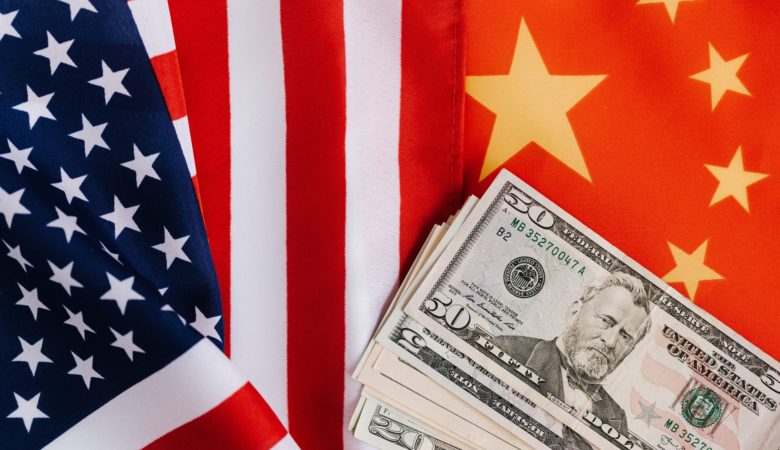Trade War Fails to Stop China’s Theft of IP
One of the last reports out of the office of U.S. Trade Representative Robert Lighthizer indicates that China is still the “primary source” of counterfeit goods entering the United States.
Over the last four years, Americans have made major sacrifices in an attempt to win the U.S.-China trade war. A recent study by Oxford Economics estimates that the trade escalations have already led to a loss of 245,000 U.S. jobs, and other studies estimate a GDP loss between 0.3% to 0.7%. As with all tariff escalation, the temporary pain may be worth it, if the end goal is reached. In this case, according to the 2018 determination from the Section 301 investigation over China’s unfair trade practices, that goal was to eliminate the burden and discriminatory effects of intellectual property theft and coerced technology transfers that occur in China.
Yet, according to the annual Review of Notorious Markets for Counterfeiting and Privacy issued by USTR, China and Hong Kong together accounted for 92% of the value of counterfeit goods seized by Customs & Border Patrol (CBP) in 2019, up from 85% in 2018. If anything, the problem of Chinese IP theft seems to be getting worse.
Trafficking in counterfeit goods is damaging to all Americans as it prevents consumers from knowing whether the product they purchased came from a high-quality, licensed manufacturer, or a criminal syndicate. In addition, counterfeit products are dangerous and damage brand reputation, making it difficult for businesses––especially small businesses––to get off the ground.
The harms of counterfeit exports from China have been felt by many American businesses. A 2019 CNBC survey found that 1 in 5 North American-based corporations reported having their intellectual property stolen by Chinese companies within the previous year. Even before the COVID-19 pandemic, countless American small businesses were struggling with cratered revenue as a result of counterfeit versions of their products being marketed on e-commerce platforms.
The Phase One trade deal signed by the United States and China in January 2020 adds new protections for American intellectual property, such as requiring China to “provide effective and expeditious action against infringement in the online environment” and “provide deterrent-level civil remedies and criminal penalties for IP theft.” China is already been failing to fulfill the deal’s purchase requirements, and it remains to be seen whether the deal’s intellectual property protections will make a dent in resolving the original IP theft that led to the dispute.
At the same time, vestiges of the trade war remain, the average tariff rate on imports from China remains at 19.3 percent, six times higher than before the first Section 301 tariffs were implemented in 2018. The average Chinese tariff rate on U.S. imports to China remains elevated at 20.3 percent, almost three times its average MFN rate, according to research from the Peterson Institute of International Economics.
In addition to describing China’s outsized role in counterfeit goods entering the U.S., the USTR’s report outlines various online markets and physical markets around the world that are prominent sources of intellectual property theft. These include Pinduoduo and Taobao, two of China’s largest e-commerce platforms. Read the full report here for more information.
Photo credit: Karolina Grabowska via Pexels

